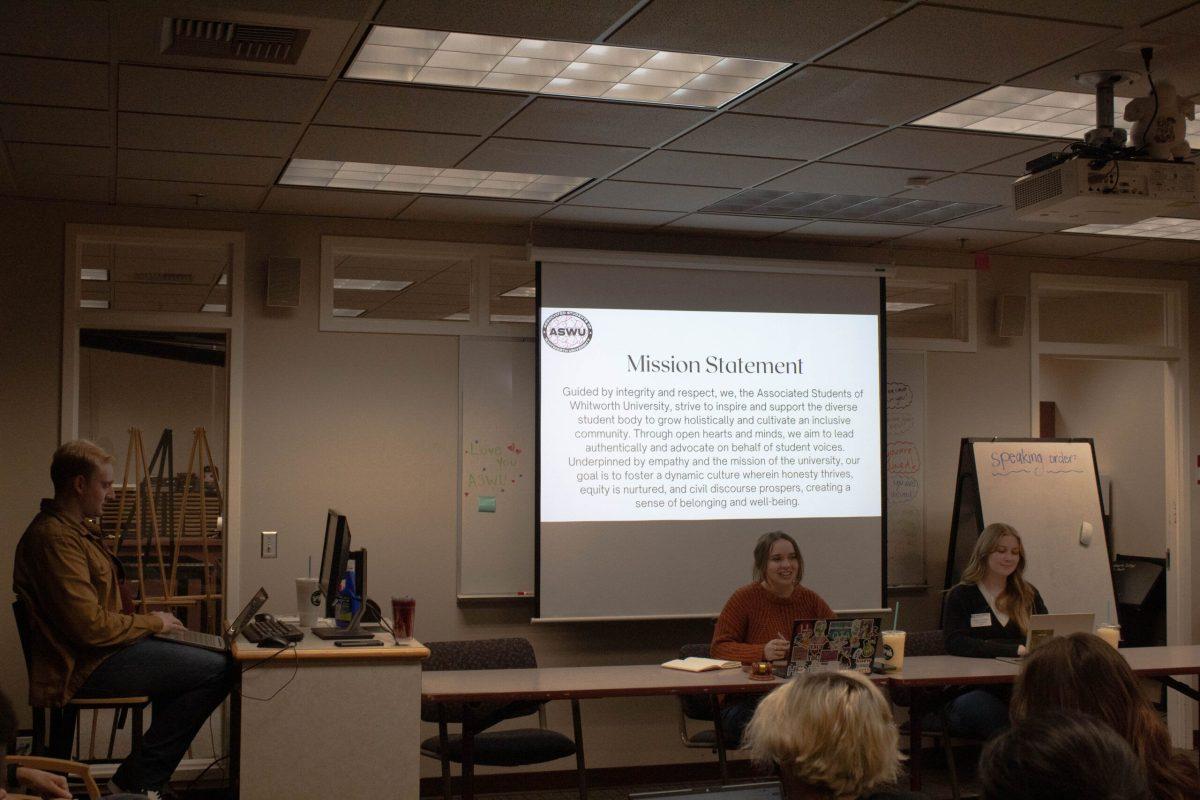When Congress passed the Affordable Care Act (ACA) in 2010, a cloud of mystery surrounded the bill. People of all political persuasions spewed out divisive rhetoric, leaving many Americans, including myself, uncertain about how the bill would impact our country’s tepid economy. Lawmakers were confused about what the bill actually meant. Nancy Pelosi, the speaker of the house at the time, infamously stated, “We have to pass the bill so that we can find out what is in it.”
Now, as the bill is finally being enacted, we can get a clearer picture of what to expect. So far, it does not look promising. As a senior who will soon face the realities of the job hunt, I have many concerns about the effects of the bill, but its impact on the labor market troubles me the most.
Beginning Jan. 1, 2015, all employers will be required to pay for health insurance if they have more than 50 full-time workers (defined as 30 hours per week) or face a penalty. Unfortunately, many employers will maneuver around this law in one of two ways. They will either cut hours to below 30, or small companies will keep less than 50 employees, reducing growth.
A Gallup poll in 2013 found that 41 percent of small companies have retracted plans to hire new employees and 19 percent have already laid off part of their workforce. Additionally, a report from the Cato Institute claims that “Americans working 25 to 29 hours per week in their primary job rose by 119,000, or 2.7 percent.” The House Ways and Means Committee issued a report that stated our economy has added seven part-time workers for every full-time worker, indicating that employers are reluctant to hire full-time workers.
While I had seen statistics such as these in the news, bleak reality of the law finally hit me this summer. As a team member at Jamba Juice, I heard my manager explicitly state that she planned to cut everyone’s hours below 30 in the fall to avoid penalties come Jan. 1.
For those working a minimum wage job, such as my Jamba Juice position, cutting workers’ hours could be detrimental. Despite working a full 40 hours a week, I know that I could not have sustained myself on that income. To hit a minimum living wage in King County, where I worked, one would need to make $20,054 per year before taxes according to the MIT Living Wage Calculator. If a child is added to the equation, the minimum living wage escalates to $42,711. According to my calculations, 40 hours per week at minimum wage ($9.32) would only provide $19,386 before taxes. If an employee’s hours get cut down to 29, he or she will only make $14,055. Clearly, this level of income is not sustainable.
While this bill was crafted with the purpose of bettering the state of our health care, it is riddled with unintended consequences. Ultimately, it will create a vicious cycle of unemployment and financial dependence. As companies adjust their employment strategies, those of us entering the labor force will find a sparse full-time job market. Many will end up either with a job that does not make ends meet or completely jobless. As a result, they will have to rely on either government assistance or their families to pay the bills. For some, this will remove the incentive to find full-time employment. Thus, we need to reform our healthcare system in a way that empowers companies to hire and maintain full-time workers.





